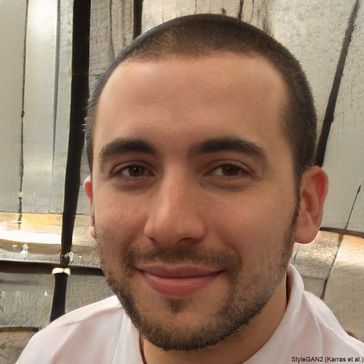Understanding Stroke and Its Impact
Stroke is a leading cause of disability worldwide, affecting millions annually. It occurs when blood flow to a part of the brain is interrupted or reduced, depriving brain tissue of oxygen and nutrients. Even a brief disruption can lead to significant damage. The major forms of stroke include ischemic stroke, caused by blockages, and hemorrhagic stroke, which involves bleeding in or around the brain. Understanding these mechanisms is crucial for developing strategies for prevention and recovery. The impact of a stroke can vary greatly depending on the severity and the part of the brain affected. Common consequences include physical disabilities, cognitive impairments, difficulty in speech, and emotional changes. Each stroke journey is unique, requiring personalized approaches to therapy and rehabilitation.
The Role of Therapy in Stroke Recovery
Therapy plays an instrumental role in stroke recovery, assisting patients in regaining lost functions and improving quality of life. A comprehensive therapy plan may involve various professionals, including physiotherapists, occupational therapists, and speech-language pathologists, all working together to address the patient's needs. Physical therapy focuses on regaining mobility and strength, helping patients relearn essential motor skills and improve balance. Exercises often emphasize repetition to reinforce neural pathways in the brain. Therapists may employ technologies like electrical stimulation and robotic aids for enhanced results. Occupational therapy assists survivors in performing daily activities independently, promoting adaptations for functions such as dressing, bathing, and cooking. It often includes cognitive exercises to enhance memory and problem-solving skills, tailored to individual abilities and goals. Speech therapy addresses deficits in communication and swallowing, common after a stroke. Speech-language pathologists utilize a variety of techniques to improve articulation, language comprehension, and cognitive communication aspects. Some therapies focus on retraining the brain’s language centers, utilizing tools like speech-generating devices if necessary.
Technological Advances in Stroke Rehabilitation
Innovation plays a vital role in advancing stroke rehabilitation. Robotics, virtual reality, and artificial intelligence are transforming therapy techniques. Robotic devices can aid in repetitive motion exercises, enhancing the recovery of motor functions. These devices provide assistance and feedback to both patient and therapist, making therapy more effective and engaging. Virtual reality offers immersive environments where patients can interact and engage in realistic scenarios, improving motivation and outcomes. Tailored virtual exercises can target specific impairments, offering a safe and controlled environment for regaining skills. AI and machine learning analyze patient progress, making precise adjustments to treatment plans and predicting outcomes.
Psychological Support and Emotional Well-being
Emotional health is a critical aspect of recovery. Experiencing a stroke can be traumatic, often leading to issues like depression and anxiety. Psychological support helps patients process their emotions and adjust to life changes. Support groups and counseling provide a sense of community and understanding, reducing feelings of isolation. Mindfulness and mental health sessions can be integral in developing coping strategies. They empower survivors to manage stress and build resilience, enabling a more proactive engagement with the recovery process. Family involvement in therapy sessions is also beneficial, offering emotional support and understanding of the challenges their loved one faces.

